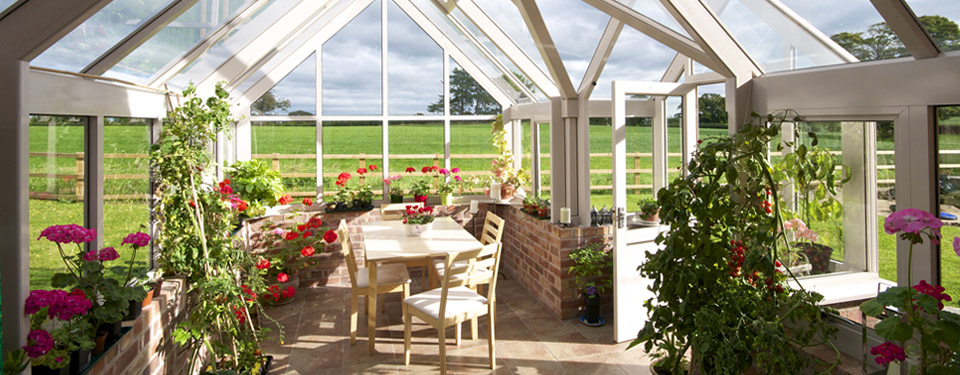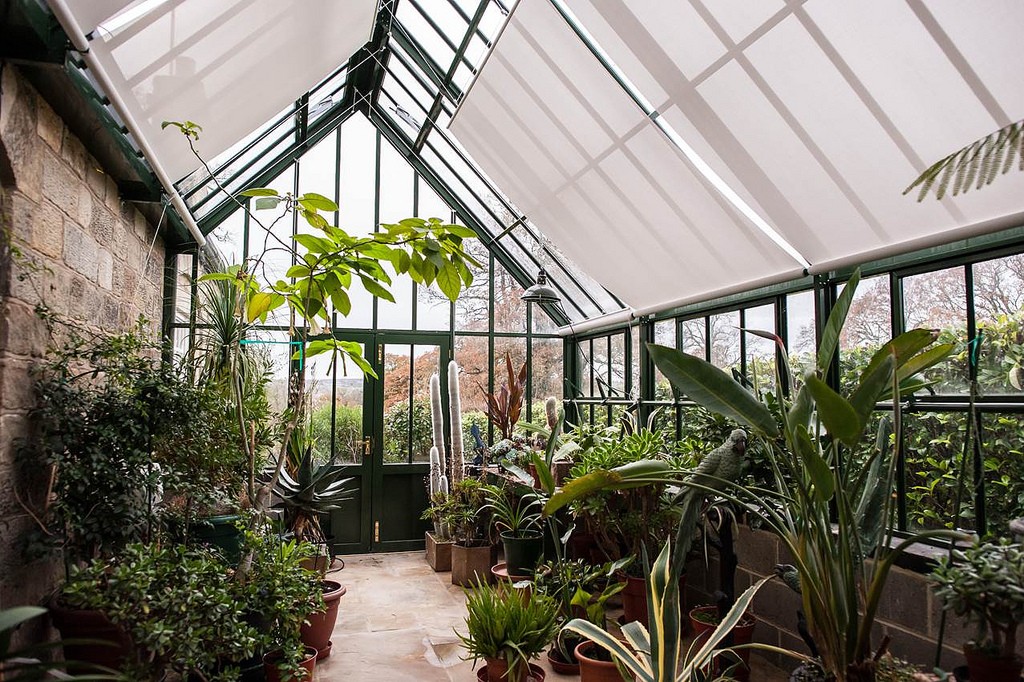
To enjoy the garden in all weathers and seasons, there is nothing so appealing as a specially commissioned conservatory and there has never been a better time to build one.
In the late 17th century, a common passion for growing exotic plants in conservatories seems to have cemented the union of William and Mary. Subsequently, as the map of the world turned pink, so we gathered in the fruits and flowers of empire, and conservatories were where we grew and studied them; showed them off.
But Paxton’s 1851 Crystal Palace and the prosperity it betokened triggered a market shift: everyone wanted a people’s pavilion of their own. What had been a prerogative of princes and public institutions such as Kew swiftly became the showpiece of thousands of smaller private gardens.
But that craze was short-lived. In the early 1920s, the Duke of Devonshire ordered Paxton’s first glass masterpiece, Chatsworth’s Great Stove, to be blown up. His Grace had despaired of his plants, brought low by soaring fuel bills, fallen gardeners and other casualties of the First World War.
It marked the end of the first great conservatory era and what went for the Duke went for much of the nation: conservatories large and small were left untended and unheated.
There followed a long and less than glorious interlude. Some big houses and most botanic gardens persevered with conservatories, but so far as the middle classes were concerned, their own smaller glass palaces were largely redundant (though Winter Gardens, those conservatories with cake, concerts and conferences so typical of British seaside resorts, took longer to decline).
Socially speaking, horticultural trends usually trickle down from elite to Everyman. The priceless orchid of 1907 is the supermarket pot plant of 2007; nowadays a parterre is just as likely to adorn a Peckham terrace as it is a Tuscan palace.
But the second great conservatory era – on whose threshold we stand – departs from this pattern. It began with the ’80s boom in property, the desire to add value thereto, and a certain laxity in planning and building regulations.
A great many garden rooms ate up a great deal of garden while offering scant opportunity for gardening. Snug or stifling, those new generation conservatories were ideal for dozing twixt floral-patterned lounger and newspaper as both faded gently in the violent light, but they were less ideal for plants.

Now we are seeing the reaction: new conservatories that are entirely fit for plants as well as people and the best of them are a world apart: a private, invented world with its own climate and atmosphere.
It might be warm and humid: a jungle in microcosm with deep greens, dripping fronds and flashes of bird-of-paradise colour. It might be cooler, drier, brighter: a vivid snatch of desert, veldt or outback remade in Albion.
Or it might be a clever compromise, a permanent mix of the least finicky forest and desert dwellers enlivened perhaps by seasonal displays of forced bulbs and blossoming shrubs and other potplants which are placed outside once their flowering has finished.
It is this third kind of show that was most popular among the Victorians and Edwardians and it is easy to see why: few experiences are more delightful than parting the fronds of palm and fern in February, and finding oneself regaled by the perfume of paperwhite narcissi and mimosa, the jeweled brilliance of Primula obconica and Cymbidium orchids.
To maintain a conservatory in this last way, however, requires time and resources. One is endlessly redressing the shop window. It also entails a commitment to two methods of growing – beds for the permanent plants, and side staging for the container-grown temporaries.
An alternative is to dispense altogether with the palm court ambience, and plump instead for rocky, gravel-mulched beds filled with spectacularly sculptural succulents, dracaenas and other rugged characters. Whichever way you look at it – or plant it – we are in the early phases of a revival that would have gladdened the heart of the dynamiting Duke.











